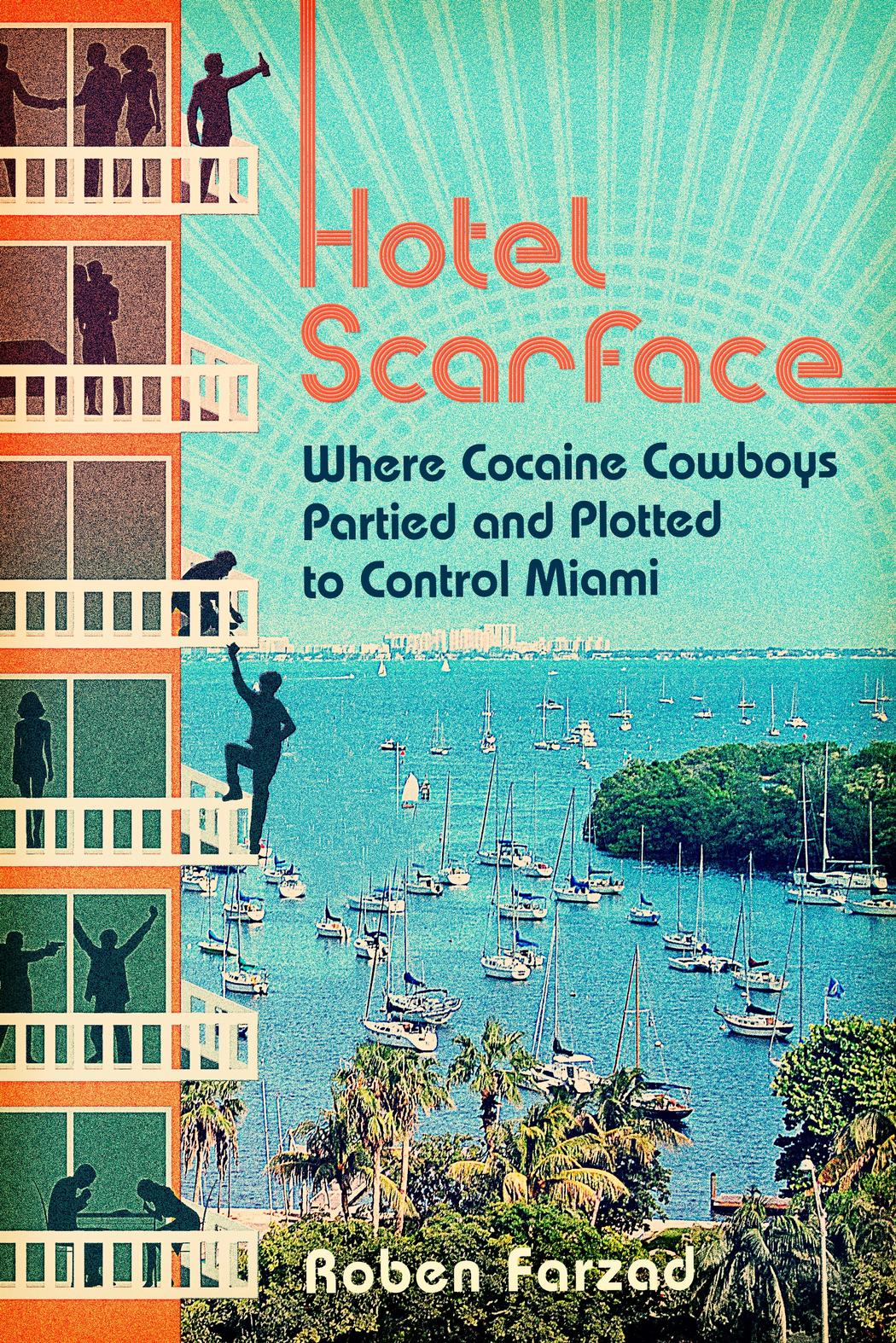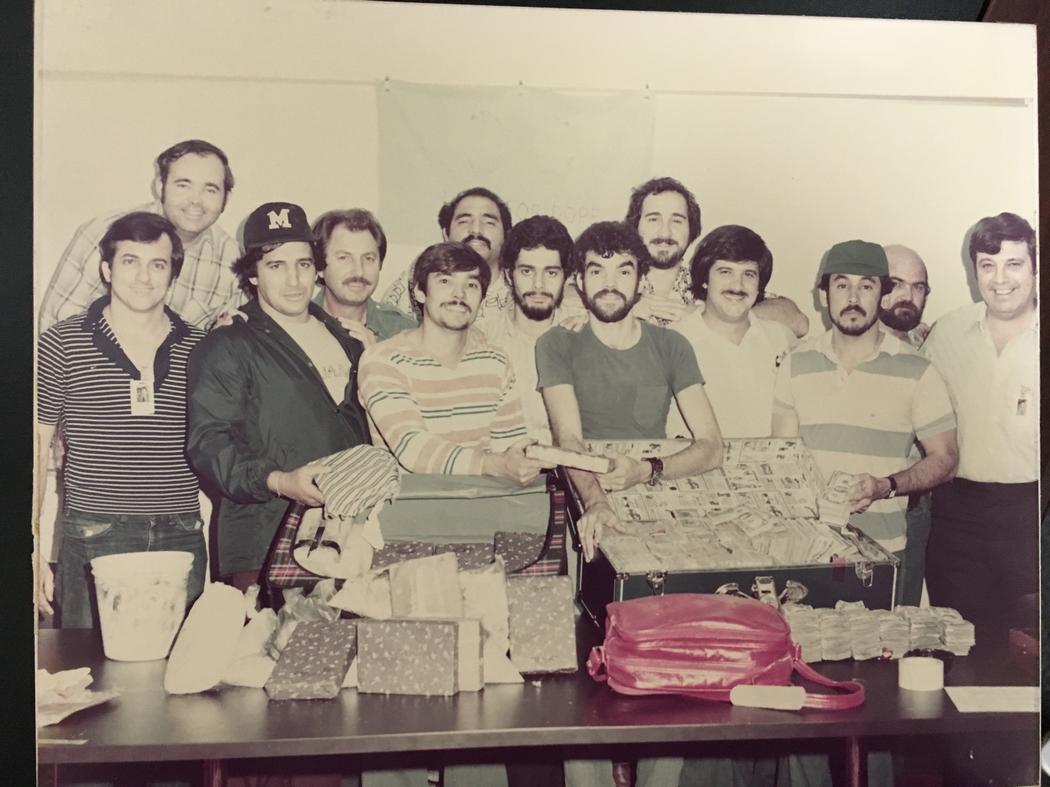Archetypes are not created on the spot, they are built to last, as they must remain on the imaginary for generations to come. Brian De Palma’s Scarface is not just some gangster movie remake based on Al Capone, on the film’s background you can sense a whole generation of crime, bloodshed, cultural clash, among other timeless things that have now become part of this continent’s culture. But where did this all originated? To answer that, we’ll take a time machine to 1970’s Miami. Back in those days, this Florida town was a broth for drug-related violence, and they had their headquarters at The Mutiny Hotel.
Opening its doors in 1969 south of downtown Miami in Coconut Grove, The Mutiny Hotel was a high-class den of debauchery, worthy of hedonistic ancient Rome. Drug lords, killers, artists, NFL players, corrupt city officials and cops all mingled together at this place, that has also inspired the Continental Hotel of John Wick. However, what really inspired Al Pacino’s character in the movie, was the ‘nouveau rich’ Latino clientele that frequented the club, and their misadventures with the infamous Cocaine Cowboys who have already been immortalized in Billy Corben’s documentary of the same name.

Back in those days, the club’s desirability was through the roof, only Studio 54 could rival its glory until law enforcement pressured its owner Burton Goldberg to sell the place in 1984. Roben Fazard, NPR One’s Full Disclosure host, wrote a book titled Hotel Scarface: Where Cocaine Cowboys Partied and Plotted to Control Miami, where he explores the history of this haunted place, trying to understand the spirits that were later immortalized in the cult film Scarface.
On his book, Fazard narrates not only Miami’s corruption but also the story of pre-communist Cuba, from where most of these Tony Montana archetypes originated. Not all of them were as ruthless as the coke-headed character makes them out to be, many of them wanted nothing to do with the film and lead calmer lives, but once the movie reached cult status and became part of everyday pop culture, some of these old-time mobsters started lifting their hands claiming that the character might have been loosely based on them. In the book you can read stories about club attendees snorting more coke in one night, than what the policemen trying to capture them made in one year, it was obvious that with such little resources, every agency was going to be infiltrated by the various crime syndicates running the town.

You’ll also get an anthropological understanding of how liquor bottles became symbols of wealth and power, with stories of rivers made out of Dom Pérignon and Perrier-Jouët flowing through the club’s tables at the expense of these Montana’esque characters who rubbed shoulders with the likes of Crosby, Stills, Nash and Young, Fleetwood Mac, The Cars, Led Zepellin, Rick James, the Miami Dolphins, among others.
This book is a must-read for any hardcore fan of Scarface, that’s a given, it’s sure to provide you with a heavy dose of sex, drugs and rock & roll that no person ever should be able to feel in real life. The history of violence will also move you to the core and give you a better understanding of the current context that not only has the United States by the throat but most probably the whole world.

